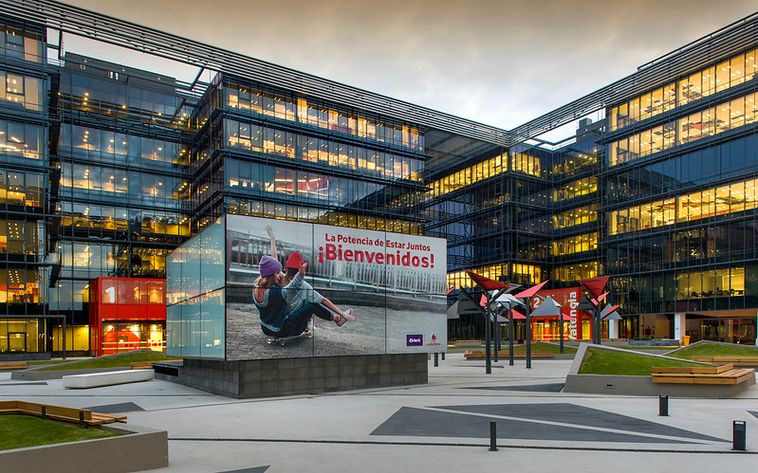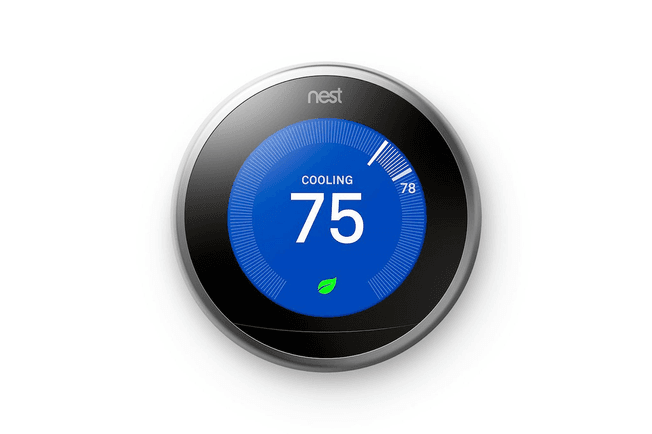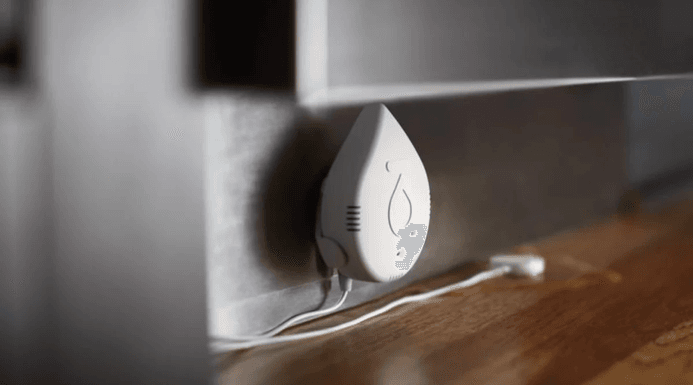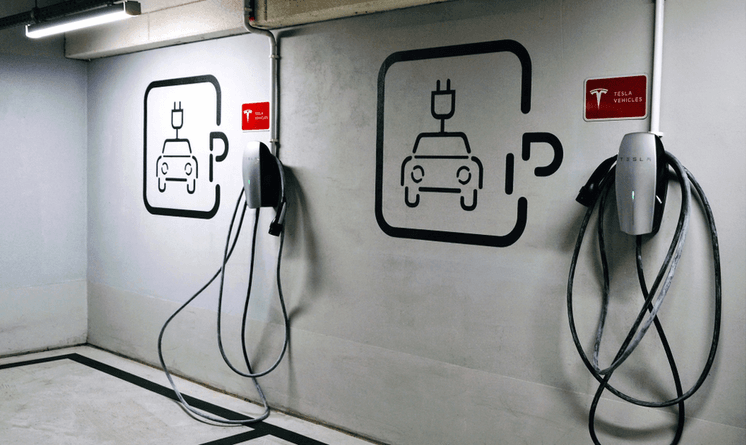The number of smart buildings across the world is forecast to grow from 45 million in 2022 to 115 million in 2026, a 150% increase. In this post we’ll look into the emerging technologies that building owners and designers are using to create convenient, efficient and dynamic living spaces.
What are Smart Apartment Buildings?
Smart apartment buildings, sometimes also called future buildings, are not just walls, roofs, and doors. They are dynamic, intelligent ecosystems geared to deliver a superior user experience at a lower cost. Investing in Smart apartment technology can drive well being for residents, while streamlining costs for property owners, driving higher building NOI and profitability.
Today’s smart buildings use the Internet of Things (IoT) to combine hardware and software. They connect multiple systems such as security and access control, HVAC, and more. You can manage a smart building from anywhere through intuitive cloud-connected user interfaces.
Going a step further, AI powered “intelligent buildings” can self-automate and manage themselves without requiring much input from humans.
A smart building can be a commercial, industrial, residential, or mixed-use building. Smart apartment buildings are multi-family residential constructions that integrate and automate all or most of a building’s vital systems.
These can include physical access control, communications, security, amenities, maintenance, management, and more. Smart apartment communities increase convenience for the occupants and facilities managers while cutting down costs for the owners.
Benefits of Smart Apartment Buildings
The smart building market size is projected to quadruple by 2029.The growth is driven by the immutable benefits that smart buildings offer over traditional (or dumb) buildings. Some of these benefits include:
Increased Energy Efficiency
You can save approximately 23% of the energy your building consumes if you just automate HVAC and lighting. Use of smart technologies lowers your building’s carbon footprint, making it more eco-friendly. Hence, smart buildings are “greener” for the environment as well as for your bank account.
Reduced Cost of Living
By reducing the dependence on onsite operations, smart apartment buildings reduce the management and maintenance costs for property owners. In turn, they reduce the cost of living for the occupants or end consumers, resulting in increased occupant satisfaction and occupancy.
Improved Management Operations
A smart building requires a smaller team to manage it than a building that needs to be managed manually.Smart apartment buildings can integrate property operations such as maintenance and rent payments, creating a seamless experience for tenants and managers.
Increased Building Value
Multifamily smart buildings attract higher rents and more affluent tenants while delivering a higher level of satisfaction to current occupants.
10 Important Smart Building Technology Changes
In 2022, more than a third of US apartment renters are younger than 35. They are fluent with technology and appreciate having seamless tech-enable experiences at work and home.Also, an average person spends several hours a day on their mobile phones. These consumer preferences are the driving force behind the technology changes that are transforming smart apartment buildings.
For example, a millennial or Gen-Xer is likely to prefer touchless mobile and face-based building access over key cards and fobs. A facilities manager, who may also belong to the younger generations, would like to have the ability to manage the facility from anywhere, rather than having to sit at a fixed control room.
Let’s look at some of the technology changes that are reshaping smart buildings in line with the emerging user expectations.
Smart Building Access Control
There was a time when contact- or proximity-based key cards were considered smart enough, but not anymore. The introduction of mobile and facial recognition based access is likely to render key cards obsolete in the not-too-distant future.
1. Mobile Access Control is Replacing Key Cards
Key cards and key fobs, despite being more advanced than metallic locks and keys, suffer from many handicaps. Cards can be lost and forgotten, leading to resident lockouts and extra burden for the front desk staff. Most card-based systems cannot be managed remotely or integrated with proptech.
With mobile access control, your phone becomes your key. Users can have keyless entry to the building and their apartments by bringing their smartphone close to the reader. Swiftlane and other smart building access control solutions allow occupants to unlock doors just by having a configured phone in their pocket.
Besides being more convenient than key cards, mobile access is also more secure and easier to manage. Most mobile entry solutions are cloud-based and can be managed easily from anywhere through mobile apps or browsers.
2. Smart Video Intercom Systems are Replacing Apartment Buzzers
The replacement of apartment buzzers and vintage entry intercoms with smart video intercoms is one of the biggest trends taking over the market.
A cloud-based smart video intercom can place calls to people’s mobile phones. Your tenants can receive calls even when they are out of their apartments, see who is at the door, speak to the visitor, and unlock the door from their smartphone.
3. Facial Recognition is Pointing the Way Forward
AI enabled facial recognition is finding its way into video doorbells and video intercom entry stations.This now allows residents to gain touchless entry to buildings, by just using their face for access control. Technologies like machine learning and computer vision are working together like a brain behind security cameras and smart door locks, eliminating the need to have security guards monitor multiple cameras.
Swiftlane’s advanced machine vision technology allows users to unlock the door just by facing the reader. It can remember returning visitors and can integrate with video intercom and surveillance systems.
4. Smart Locks Are Securing More Homes Every Day
Smart locks are internet connected electronic devices that allow keyless unlocking of doors through mobile apps, voice commands, or biometric credentials. They operate on WiFi networks. Smart locks also enable residents to release doors remotely to let in guests or deliveries.
Apartment smart locks can work as a stand-alone door lock, but in smart apartment buildings, locks are connected to the building’s security system. Modern cloud-based access control systems can integrate with most smart locks. They provide easy centralized management and a white-glove occupant experience along with added security and great aesthetics.
Property Management Systems
The IoT is invading every sphere of modern living and property management is no exception. Smart and intelligent future buildings use a variety of technologies to manage and maintain the property in an efficient and economical manner. Here are some of the important smart building management trends to watch out for.
5. AI is Helping Optimize Building Maintenance and Cleaning
AI and IoT sensors make maintenance more efficient by predicting when a particular component will need to be replaced, rather than waiting for equipment to fail.
For example, machine learning algorithms can predict when the air conditioning filters need to be cleaned or the batteries in smart locks need to be replaced. AI assisted cleaning schedules ensure that you can automatically scale up or down cleaning activities based on data.
A combination of sensors and software enables building owners and managers to create a healthy environment inside the building while emitting “net zero” carbon into the environment.
6. Smart Thermostats are Supporting Occupant Health and Wellbeing
Smart thermostats are WiFi connected thermostats that control a building’s heating, air conditioning and ventilation. They are connected to the internet and allow users to adjust heating and cooling settings remotely from other internet connected devices, such as laptops or smartphones.
A distinction needs to be made between smart and programmable thermostats. Programmable thermostats need to be programmed manually whereas smart thermostats use sensors to find out if an apartment unit or home is occupied and can suspend heating or cooling automatically when nobody is inside the unit.
7. Water Leak Sensors Are Becoming the New Norm of Plumbing
Water pipes are hidden behind walls and roofs for aesthetic reasons. This makes it almost impossible to detect leaks in time. Water leaks can lead to structural damage and electrical short circuiting when they go undetected.
Smart buildings and homes use water sensors to detect a leak the moment it happens. These sensors are inexpensive IoT devices that you can install where a leak is most likely to happen, such as bathrooms. When installed, leak detectors protect a home from water damage and the risk of electric shock.
Some water sensors can sense the presence of moisture while others monitor the water flow through ultrasound or through a mechanical turbine. They alert the users when a leak is detected. Some of them can also cut off the water supply to the location of the leak.
8. Smart Water Sprinklers are Taking Over Lawns and Gardens
Smart water sprinklers are inexpensive IoT water heads that you can control and program remotely through a software application. Some of them can even self-program themselves based on the weather conditions and the type of plants you want to irrigate.
Using your smartphone, you can turn on and off the sprinklers and also schedule when and for how long they water your lawn. Smart sprinklers deliver significant water savings and reduce your water bill, typically paying back your investment over a couple of summers.
Connectivity and Communications
In building communications and internet connectivity are the backbone of any smart building. Wired broadband, wireless broadband, and low-power IoT are used for voice, video and data communications in smart buildings.
9. Wi-Fi is Available Everywhere
Smart buildings depend on internet connectivity for everything from access control to amenities, HVAC, maintenance and more. Therefore, smart building designers make it a point to provide wall-to-wall internet coverage. Special routers and switches are used to ensure no WiFi blind spots exist anywhere in the building.
10. EV Chargers are becoming a Smart Building Essential
Many smart buildings generate their own solar power. This clean electricity can be used either to offset the building’s grid requirements or to set up EV charging docks in the building’s parking area. EV sales have grown 62% in the first half of 2022 compared to H1 2021. Many of your tenants already have EVs, so EV chargers can be an important differentiator for your building. Companies like EverCharge and Zaptec are fast integrating EV charging into smart apartment buildings.
Turning a Traditional Building into a Smart Building
Can you turn an old apartment building into a smart one? The short answer is yes. With the right technology, it is possible to convert any building into a smart building. You can start by installing a modern mobile access control system and an entry video intercom system, followed by an intelligent HVAC system and thermostats, smart lighting, smart locks, and smart sprinklers.
All of these systems are connected to the cloud. They receive automatic over-the-air software updates and are maintained by the provider. Users can easily manage the system through intuitive web and mobile interfaces. You can start using these smart apartment building technologies for a simple monthly pricing with minimal capital expenditure.





